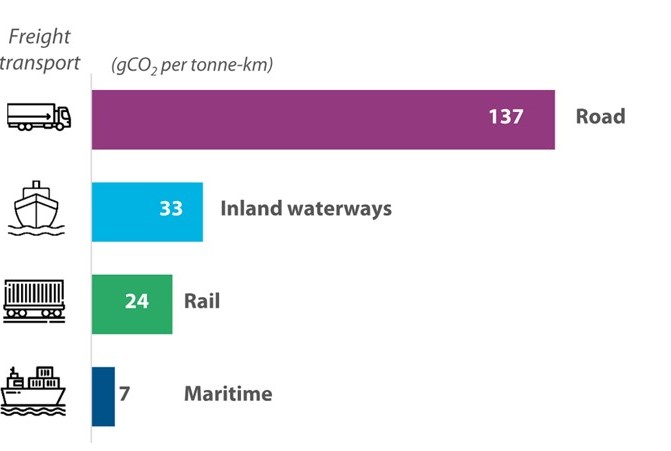To help customers reduce their carbon footprint, NDQ has embraced intermodal transport, investing in the necessary infrastructure and expertise. Our strategically located warehouse in the Belgian port of Zeebrugge is close to the roll-on/roll-off (RORO) North Sea shipping lines and features covered railway access and a large cross-docking facility. This setup allows seamless transitions between transportation modes and efficient bundling and shipping of goods.
Want to know which intermodal solution best suits your shipping needs?
